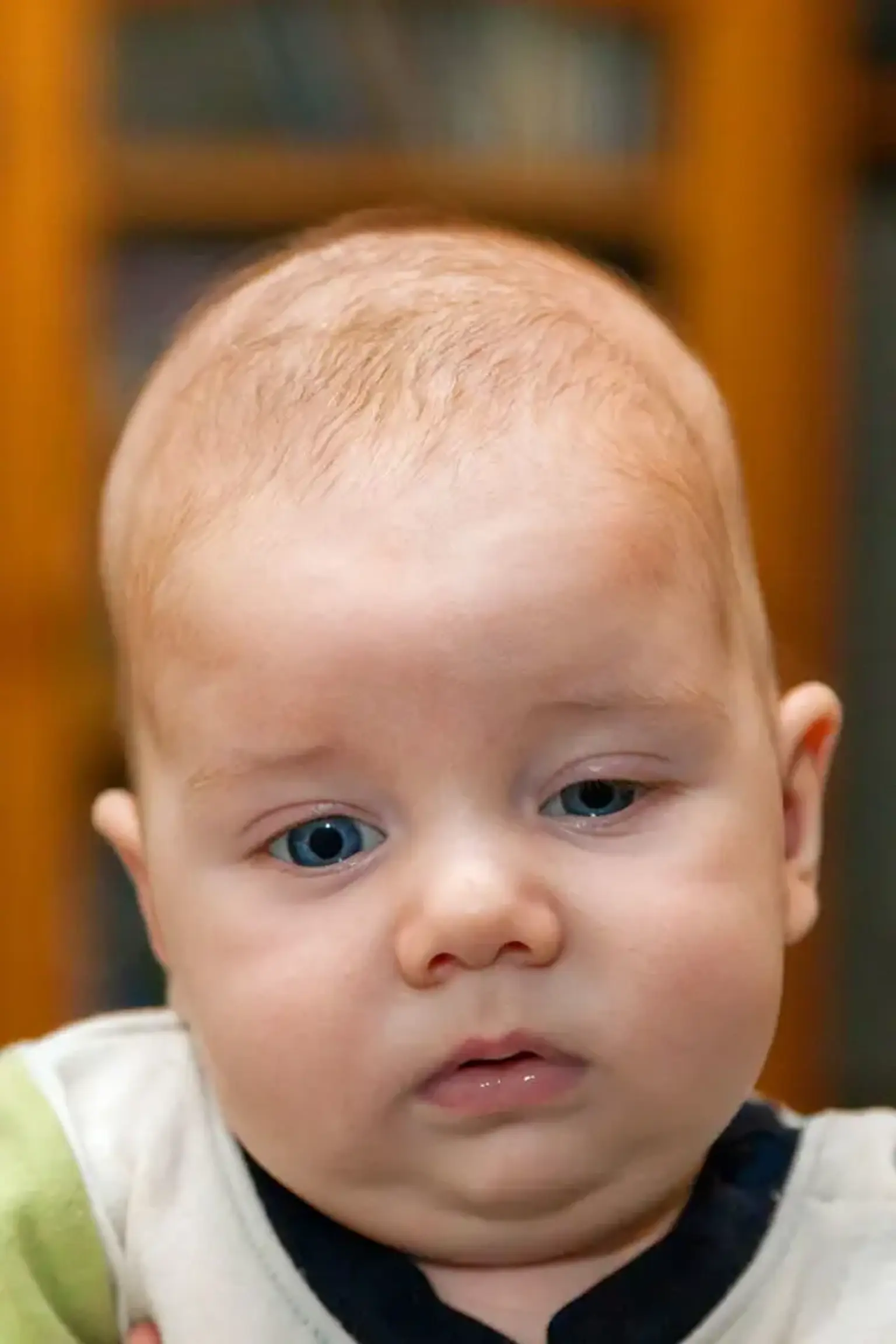Craniosynostosis
Overview
The premature fusion of the cranial sutures, known as cranial synostosis, poses a number of classification and therapeutic issues. Single gene mutations or chromosome abnormalities are responsible for at least 20% of instances.
